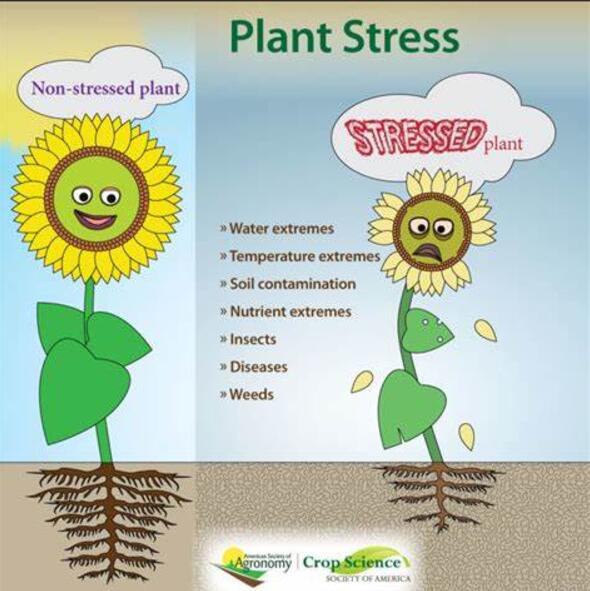Genetic regulatory pathways of plant flowering time affected by abiotic stress
IF 6.8
Q1 PLANT SCIENCES
引用次数: 0
Abstract
The flowering of plants is a complex biological process that signifies the transition from vegetative growth to reproductive growth. Choosing the optimal timing for flowering is crucial for plant reproduction and yield. The timing of flowering in plants is influenced not only by their developmental status but also by external abiotic stress factors. This paper summarizes the effects of abiotic stress factors such as light, temperature, moisture, and nitrogen on flowering time, reviews the genes involved in the regulation of flowering time by environmental factors, and outlines the corresponding genetic regulatory pathways. By analyzing these abiotic stress factors and related genes, this study reveals the multilayered regulatory network through which plants alter their flowering time, aiming to provide insights into the molecular mechanisms underlying the adaptability of flowering time.
求助全文
约1分钟内获得全文
求助全文
来源期刊

Plant Stress
PLANT SCIENCES-
CiteScore
5.20
自引率
8.00%
发文量
76
审稿时长
63 days
期刊介绍:
The journal Plant Stress deals with plant (or other photoautotrophs, such as algae, cyanobacteria and lichens) responses to abiotic and biotic stress factors that can result in limited growth and productivity. Such responses can be analyzed and described at a physiological, biochemical and molecular level. Experimental approaches/technologies aiming to improve growth and productivity with a potential for downstream validation under stress conditions will also be considered. Both fundamental and applied research manuscripts are welcome, provided that clear mechanistic hypotheses are made and descriptive approaches are avoided. In addition, high-quality review articles will also be considered, provided they follow a critical approach and stimulate thought for future research avenues.
Plant Stress welcomes high-quality manuscripts related (but not limited) to interactions between plants and:
Lack of water (drought) and excess (flooding),
Salinity stress,
Elevated temperature and/or low temperature (chilling and freezing),
Hypoxia and/or anoxia,
Mineral nutrient excess and/or deficiency,
Heavy metals and/or metalloids,
Plant priming (chemical, biological, physiological, nanomaterial, biostimulant) approaches for improved stress protection,
Viral, phytoplasma, bacterial and fungal plant-pathogen interactions.
The journal welcomes basic and applied research articles, as well as review articles and short communications. All submitted manuscripts will be subject to a thorough peer-reviewing process.
 求助内容:
求助内容: 应助结果提醒方式:
应助结果提醒方式:


